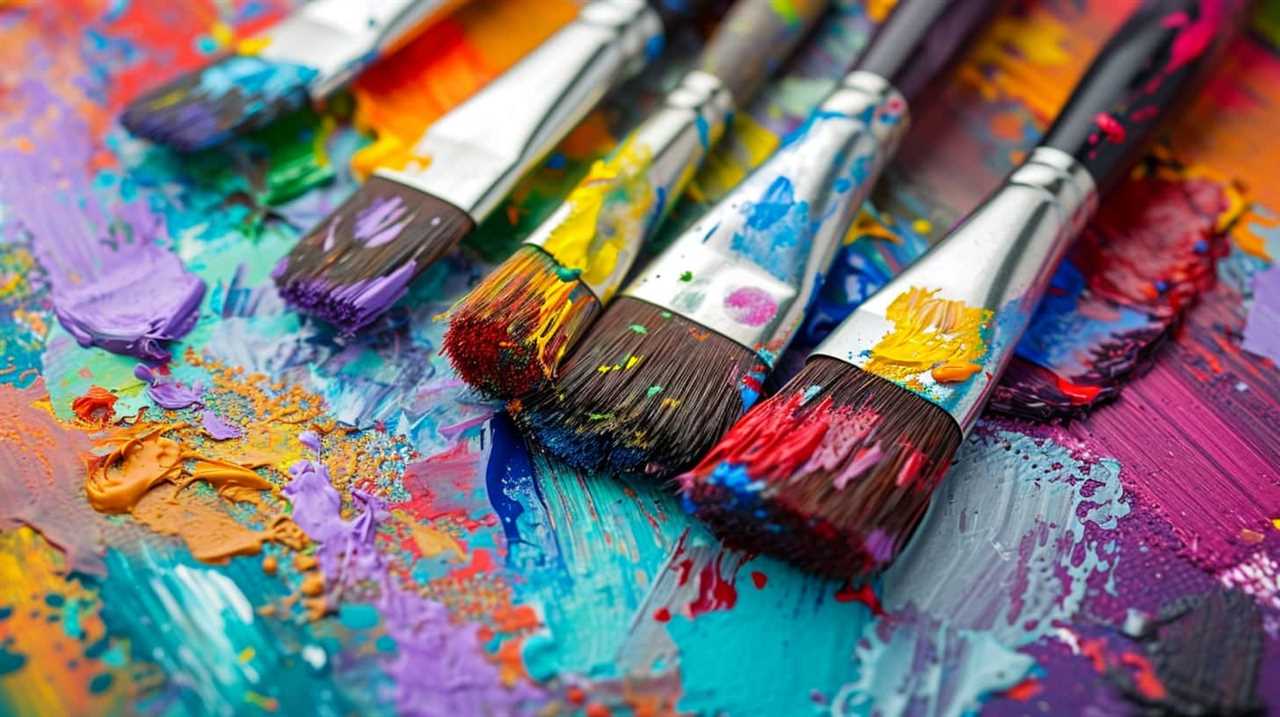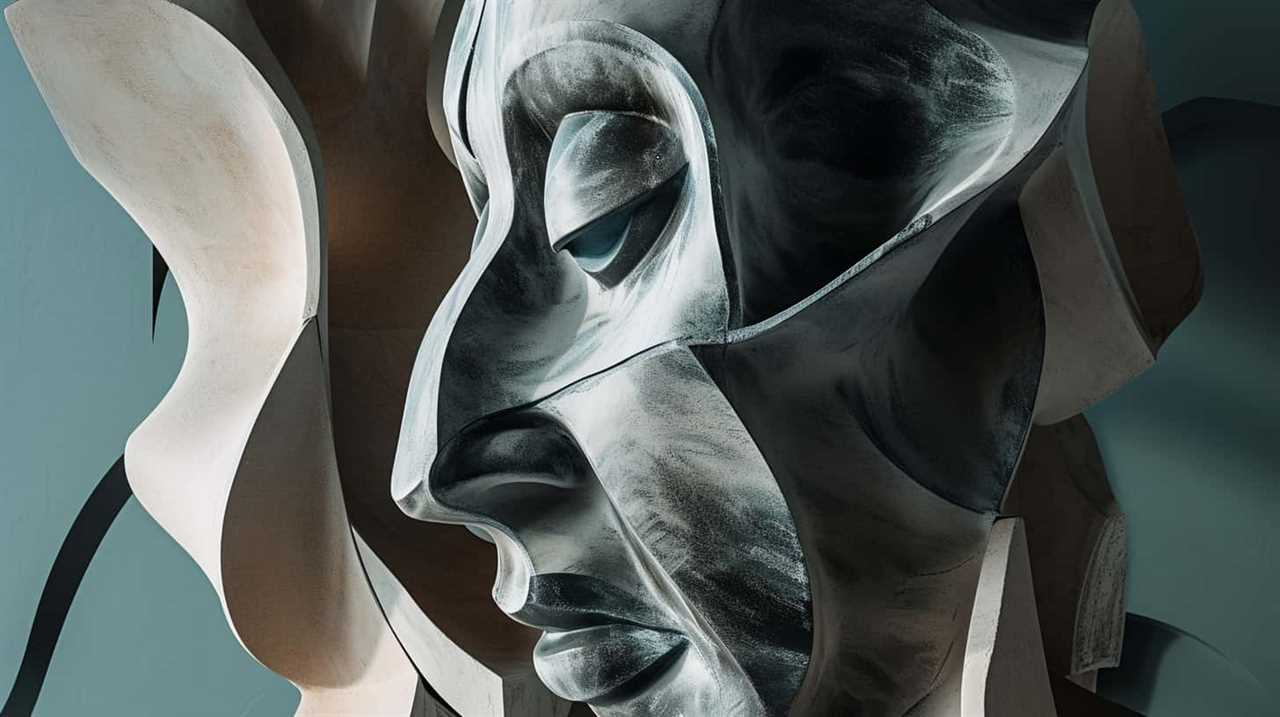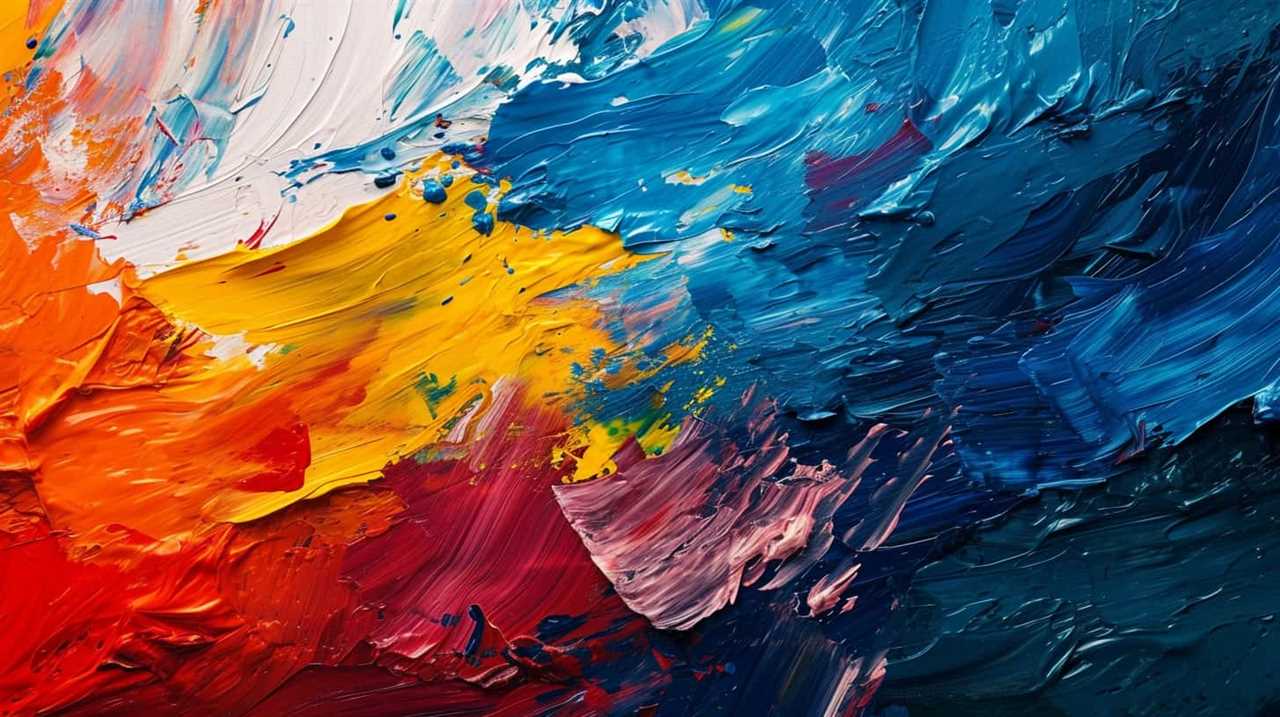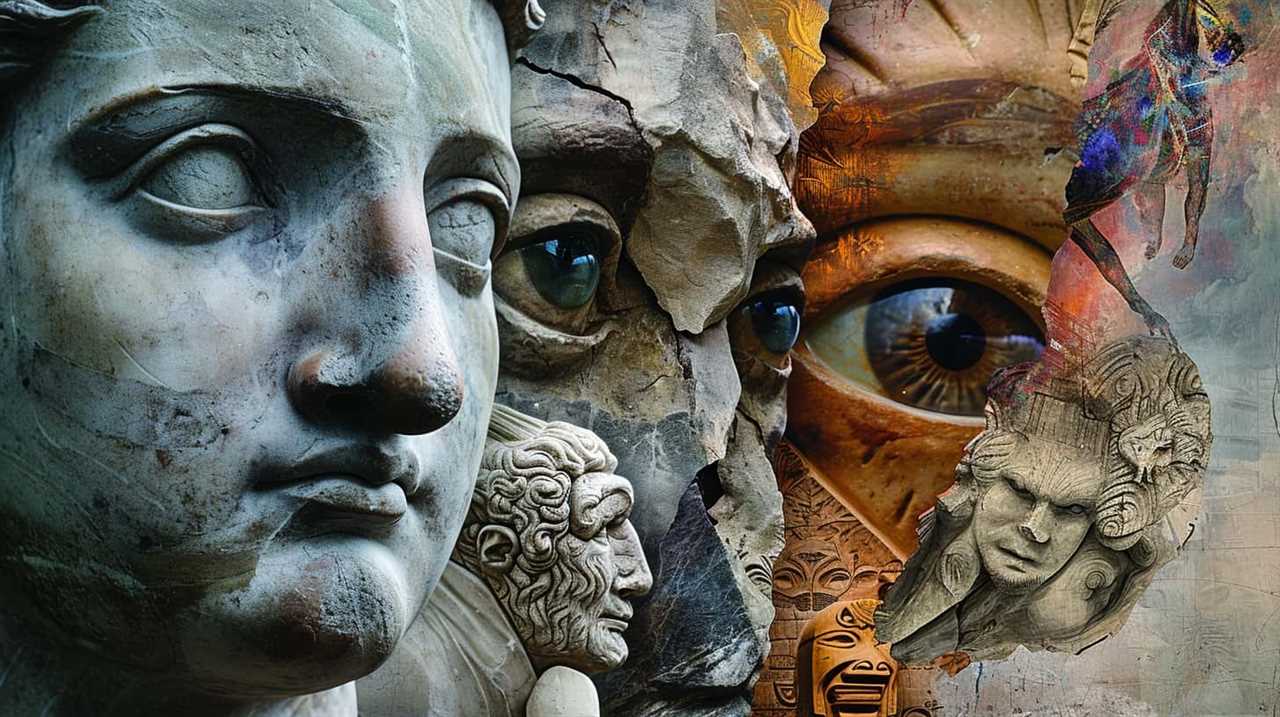As we explore the realm of art and creativity, we come across an intriguing duality: beauty. It is both mysterious and alluring, a notion that has sparked the imagination of many throughout the ages.
In this collection, we have gathered the insights of 13 iconic creatives, each offering their unique perspective on beauty. From Pablo Picasso’s innovative approach to Frida Kahlo’s introspective reflections, these masters of their craft invite us to explore the multifaceted nature of beauty.
Through their artistic perception, we embark on a journey of mastery, seeking to deepen our understanding and appreciation of this timeless concept.
So come, let us immerse ourselves in the wisdom of these visionaries as they share their profound insights on beauty.
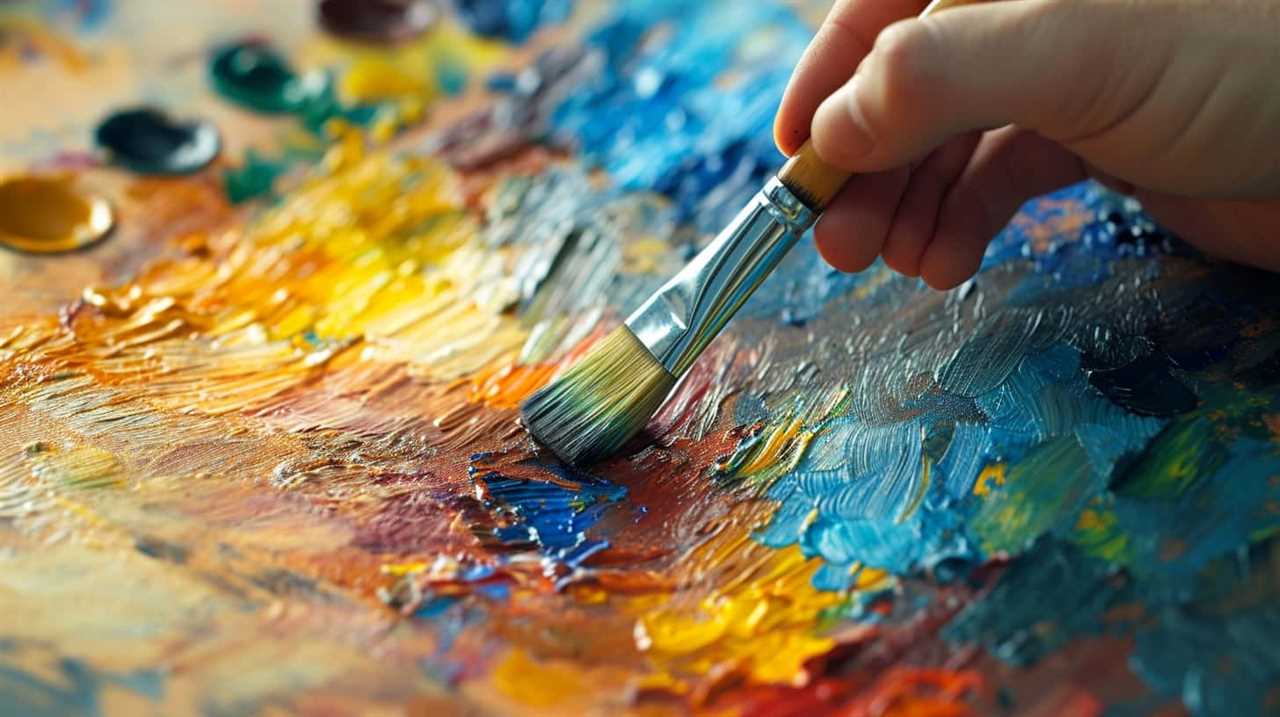
Key Takeaways
- Creatives like Picasso, Kahlo, Van Gogh, and O’Keeffe challenged traditional beauty standards and norms in their art.
- Beauty can be found in individuality and self-acceptance, as seen in Kahlo’s embracing of her unique features and O’Keeffe’s celebration of imperfections.
- Nature serves as a powerful source of inspiration for artists to capture and convey beauty, as seen in the works of Van Gogh, Da Vinci, and O’Keeffe.
- Art has the ability to evoke strong emotions and vulnerability, as demonstrated by Van Gogh’s use of color and brushstrokes and Munch’s emotional portrayal of beauty.
Pablo Picasso’s Perspective on Beauty
In our exploration of iconic creatives’ perspectives on beauty, we delve into Pablo Picasso’s unique understanding of its essence. Picasso, known as one of the most influential artists of the 20th century, underwent a remarkable artistic evolution throughout his career. His revolutionary style and innovative approach to art have left an indelible mark on the world of modern art.
Picasso’s journey as an artist began with his early works, where he showcased his exceptional talent for realism and technical skill. However, he soon grew dissatisfied with traditional artistic conventions and sought to push the boundaries of expression. This desire for exploration led him to co-found the Cubist movement, a radical departure from traditional art that emphasized multiple perspectives and geometric forms.
Picasso’s influence on modern art can’t be overstated. His bold experimentation with form and color challenged the status quo and paved the way for countless artists to embrace their own unique visions. His ability to capture the essence of his subjects in innovative and unconventional ways captivated audiences worldwide.
Picasso’s artistic evolution and his influence on modern art make his perspective on beauty particularly intriguing. Throughout his career, he demonstrated a deep understanding that beauty lies not in conformity, but in the ability to see the world from new and unexpected angles. It’s this unyielding commitment to pushing boundaries and challenging conventions that truly defines Picasso’s unique perspective on beauty.
![]()
Frida Kahlo’s Reflections on Beauty
Frida Kahlo’s perspective on beauty reveals her intimate connection with the human experience. As a renowned Mexican artist, Kahlo’s exploration of self-expression in beauty was deeply influenced by her culture. She embraced her unique features and used her art as a means of celebrating her identity.
In understanding Kahlo’s perception of beauty, it is important to recognize the impact of cultural norms and societal expectations. Kahlo challenged conventional beauty standards, which often prioritize perfection and conformity. Instead, she embraced her physical and emotional scars, incorporating them into her artwork as symbols of resilience and strength.
To further illustrate Kahlo’s multifaceted approach to beauty, let us examine a table showcasing her various self-portraits:
| Self-Portrait | Description |
|---|---|
| "The Two Fridas" | Depicts Kahlo’s dual identity, representing her Mexican and European heritage |
| "Self-Portrait with Thorn Necklace and Hummingbird" | Reflects Kahlo’s pain and vulnerability, yet also her resilience and connection to nature |
| "The Broken Column" | Symbolizes Kahlo’s physical and emotional pain, while highlighting her determination to overcome adversity |
| "Self-Portrait with Monkeys" | Represents Kahlo’s deep connection with animals and her desire for freedom and independence |
Through her self-portraits, Kahlo expressed her truth and challenged societal norms. She demonstrated that beauty lies not only in physical appearance but also in embracing one’s individuality and self-acceptance.
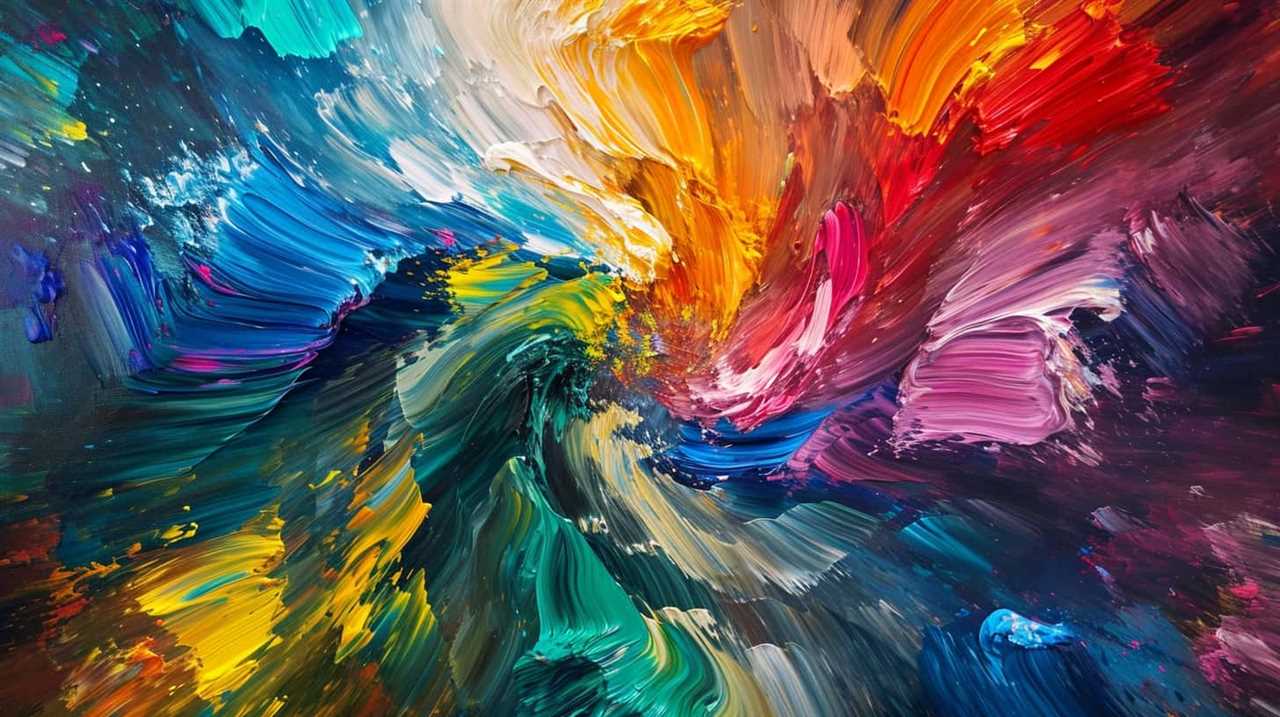
As we transition to Vincent van Gogh’s artistic perception of beauty, we delve into the mind of another iconic creative genius who explored beauty in his own unique way.
Vincent Van Gogh’s Artistic Perception of Beauty
Transitioning from Frida Kahlo’s exploration of beauty, we now delve into Vincent Van Gogh’s unique artistic perception. Van Gogh, renowned for his vibrant and expressive paintings, had a distinct way of capturing beauty through his use of color. His bold and intense brushstrokes, combined with a vivid palette, allowed him to convey emotions and evoke a sense of beauty that was unparalleled.
Van Gogh’s use of color in capturing beauty was revolutionary for his time. He believed that color had the power to convey emotions and reveal the true essence of a subject. In his famous painting ‘Starry Night,’ he used swirling strokes of blue and yellow to depict the night sky, creating a sense of movement and tranquility. Through his use of vibrant hues, he captured the beauty of the natural world in a way that was both mesmerizing and profound.
Nature’s beauty was a recurring theme in Van Gogh’s work. He often painted landscapes, such as fields of sunflowers or starry nights, with a deep appreciation for the beauty found in the natural world. His paintings weren’t mere representations of reality, but rather a reflection of his own emotional and spiritual connection to nature. Through his unique artistic perception, he was able to reveal the inner beauty that exists within the world around us.
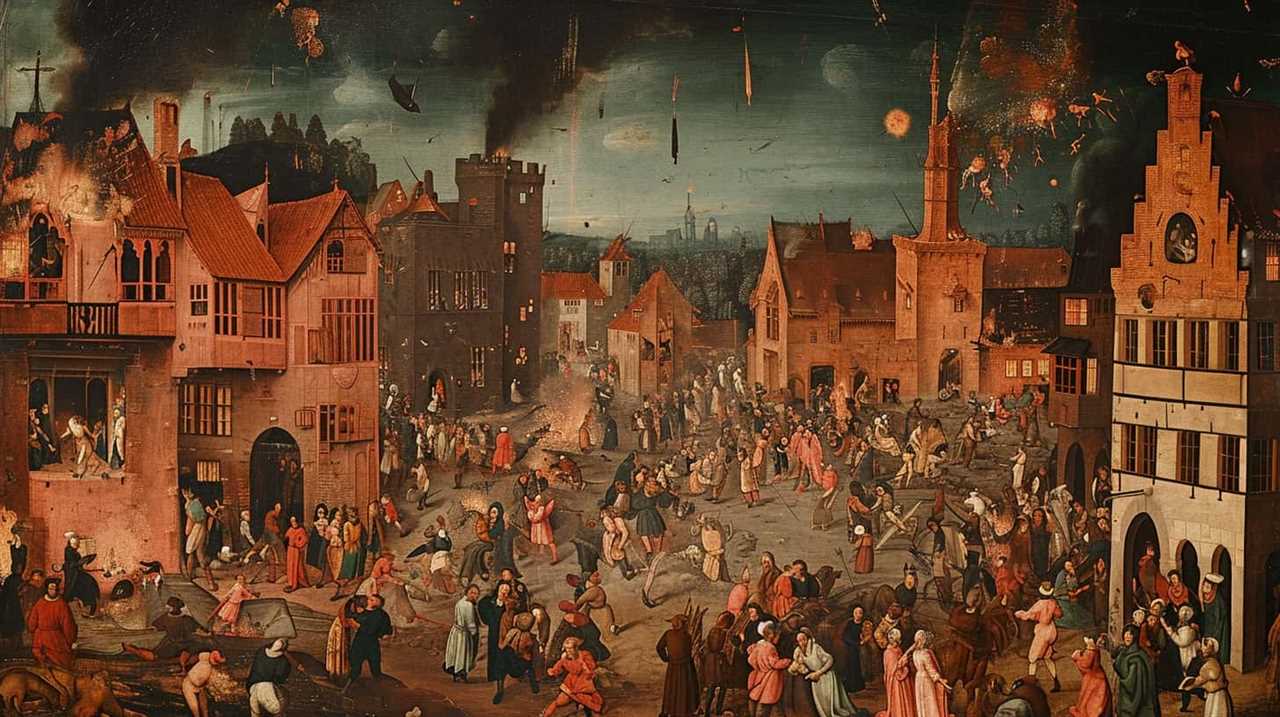
As we transition to the next section about Leonardo da Vinci’s insights on beauty, it’s evident that Van Gogh’s artistic vision and his ability to capture beauty through color and nature continue to inspire and captivate audiences to this day.
Leonardo Da Vinci’s Insights on Beauty
Let’s explore Leonardo Da Vinci’s perspective on beauty. Known for his scientific approach to art, Da Vinci’s insights on beauty went beyond the surface. He believed that true beauty could be understood through a deep understanding of anatomy. Da Vinci’s anatomical studies allowed him to depict the human form with a level of precision that was unprecedented in his time.
Da Vinci’s scientific approach to beauty can be seen in his famous artwork, such as the Mona Lisa. Through meticulous observation and analysis, he captured the subtle nuances of her facial features, resulting in a portrait that continues to captivate viewers to this day. His understanding of anatomy allowed him to depict the human face in a way that conveyed a sense of inner beauty and vitality.
Beyond his art, Da Vinci’s exploration of beauty extended to the natural world as well. He believed that nature held the key to understanding beauty and sought inspiration from its intricate patterns and designs. This scientific curiosity and appreciation for the natural world informed his artistic creations and added a sense of realism and depth to his work.
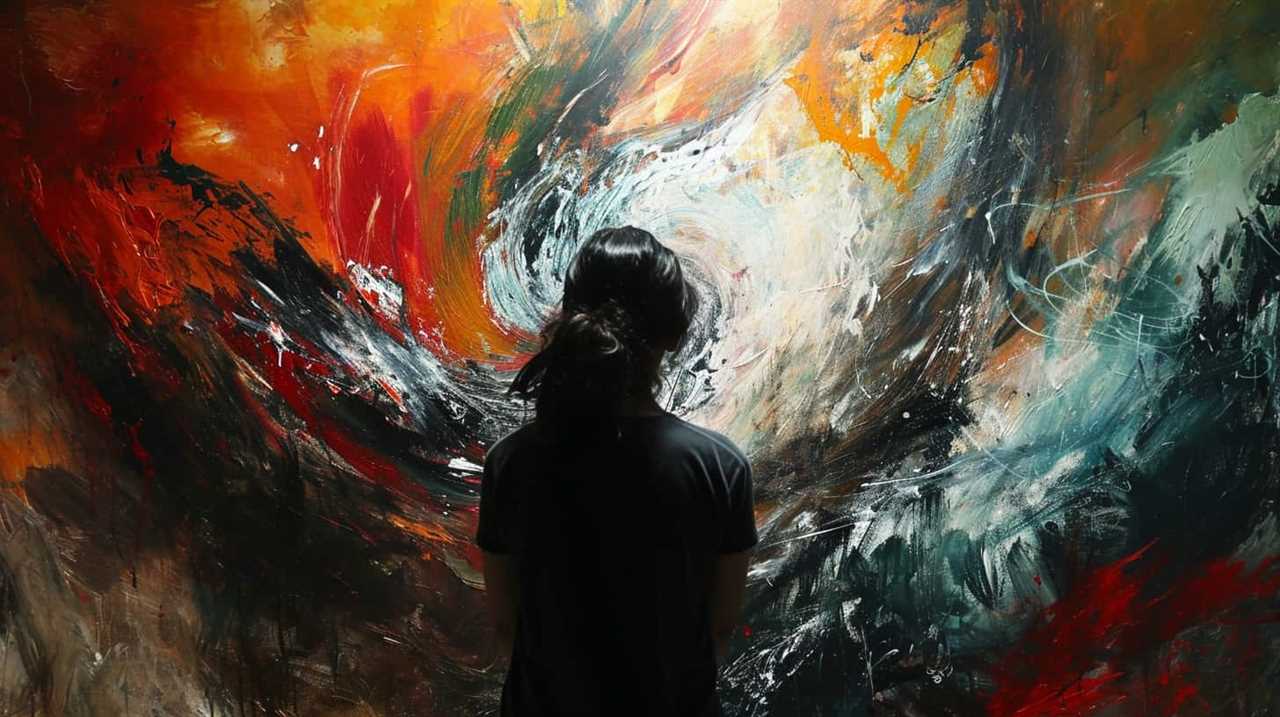
As we delve into Georgia O’Keeffe’s interpretation of beauty, we see how her unique perspective contrasts with Da Vinci’s scientific approach.
Georgia O’Keeffe’s Interpretation of Beauty
As we explore Georgia O’Keeffe’s interpretation of beauty, we’re immediately struck by her unique perspective.
O’Keeffe’s art often depicts natural forms, such as flowers and landscapes, but she presents them in a way that transcends mere representation. Through abstraction, she captures the essence of these subjects, inviting us to see them in a new light.
O’Keeffe’s work also teaches us the power of simplicity, as she distills complex forms into their most essential elements, creating a profound sense of beauty that resonates with viewers.
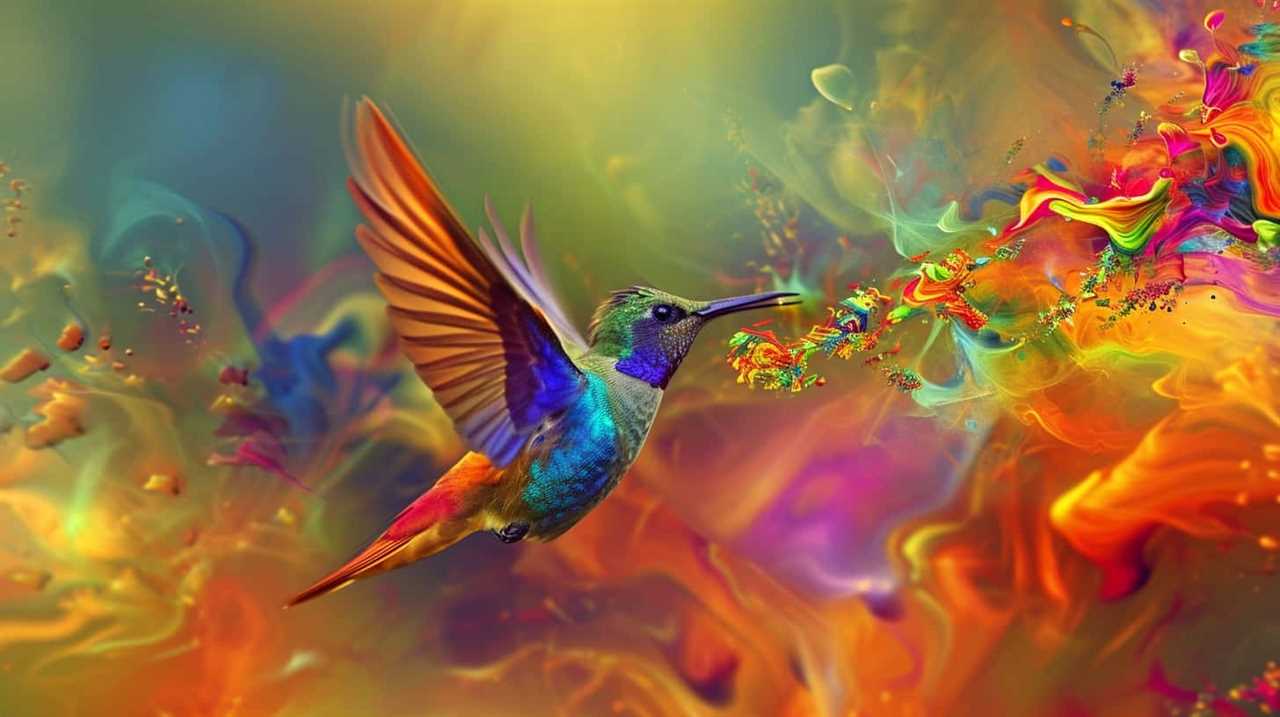
O’keeffe’s Unique Perspective
Our unique perspective on beauty is shaped by Georgia O’Keeffe’s interpretation. O’Keeffe, known for her iconic paintings of flowers and landscapes, revolutionized the art world with her bold use of color and exploration of form.
Her vibrant and intense hues, such as the deep reds and purples in her flower paintings, evoke a sense of energy and vitality. O’Keeffe’s mastery of form is evident in her ability to capture the essence of an object through simplified and exaggerated shapes. Whether it’s the curves of a flower petal or the rugged lines of a desert landscape, O’Keeffe’s unique perspective challenges our traditional notions of beauty and invites us to see the world in a new light.
Transitioning into the next section, we’ll now delve into the concept of beauty through abstraction.
Beauty Through Abstraction
Continuing from O’Keeffe’s unique perspective, we’re now delving into the concept of beauty through abstraction and exploring Georgia O’Keeffe’s interpretation of beauty.
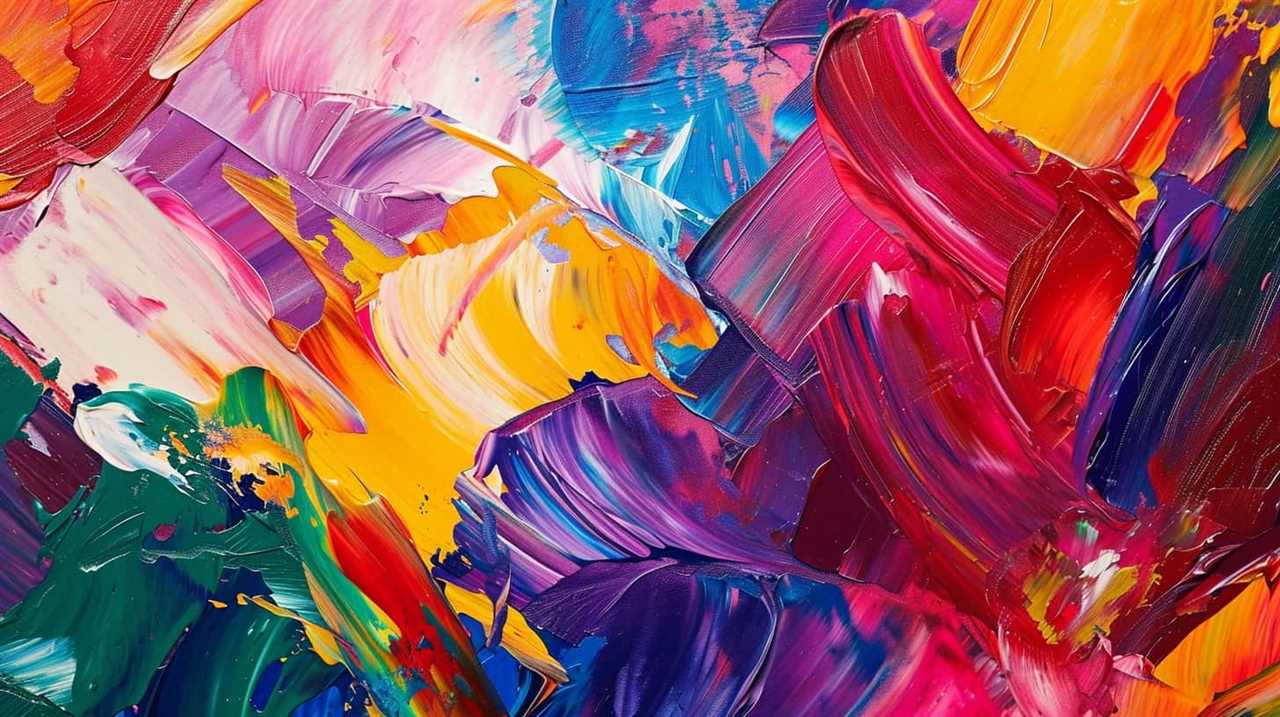
O’Keeffe believed that beauty could be found in minimalism, in stripping away the excess and focusing on the essence. She was drawn to the simple lines and shapes that could evoke emotion and capture the viewer’s attention.
Through her art, she celebrated the beauty in imperfections, finding inspiration in the imperfect forms of nature. O’Keeffe’s paintings often depicted close-up views of flowers, revealing their intricate details and highlighting their unique imperfections. She believed that these imperfections added character and depth to the subject, making it even more beautiful.
The Power of Simplicity
Georgia O’Keeffe’s interpretation of beauty highlights the power of simplicity through her minimalist approach and focus on the essence. Her artwork captures the importance of minimalism by stripping away unnecessary elements and distilling the subject to its purest form. Through her paintings of flowers, landscapes, and everyday objects, O’Keeffe invites us to explore natural beauty in its simplest and most captivating state.
- She uses clean lines and bold shapes to convey a sense of clarity and harmony.
- By removing extraneous details, she allows the viewer to focus on the essential qualities of the subject.
- O’Keeffe’s use of color is deliberate and restrained, emphasizing the natural hues found in the world around us.
Through her art, Georgia O’Keeffe reminds us that beauty can be found in the simplest of things, and that sometimes, less truly is more.
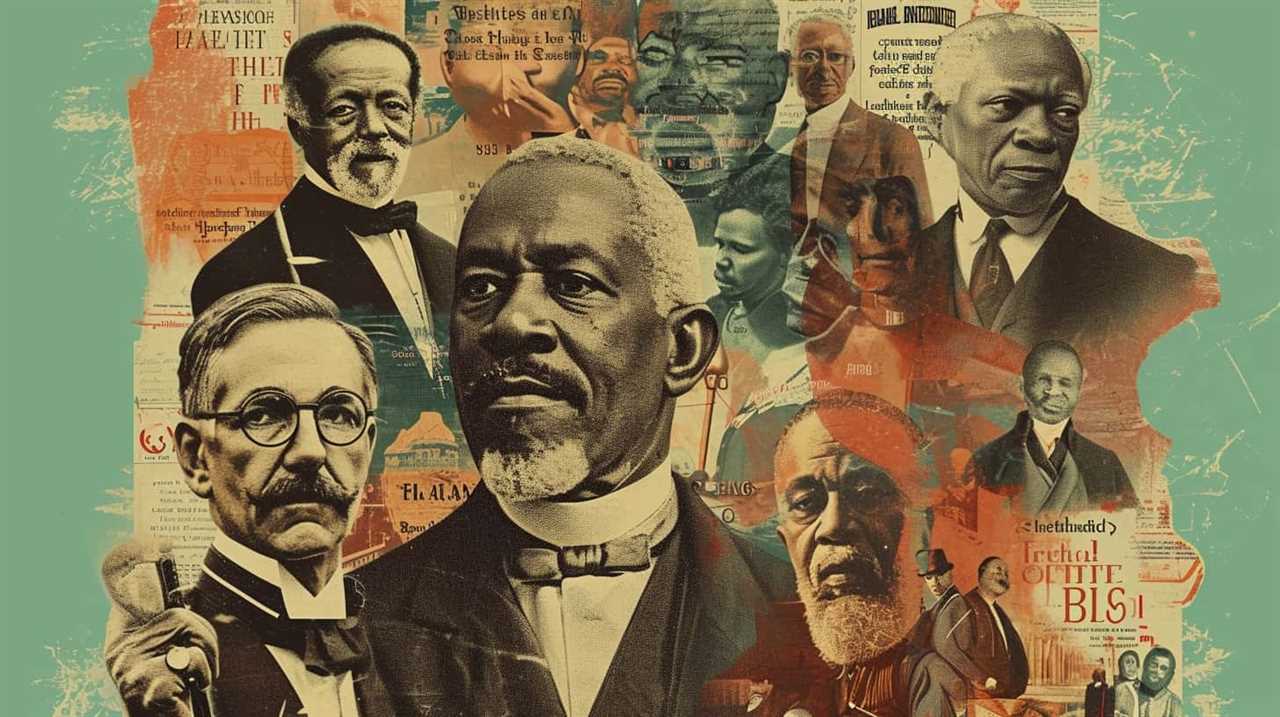
Now, let’s delve into Salvador Dalí’s surrealistic view of beauty.
Salvador Dalí’s Surrealistic View of Beauty
Exploring Salvador Dalí’s surrealistic interpretation of beauty reveals a captivating and transformative perspective on the concept. Dalí’s influence on contemporary art is undeniable, as his unique style and symbolism continue to inspire artists today.
In his artwork, Dalí used symbolism to convey his ideas about beauty in unconventional ways. One of the key elements in Dalí’s artwork is the use of dreamlike imagery. He believed that the subconscious mind held the key to true beauty, and he sought to capture this in his paintings. By combining seemingly unrelated objects and creating bizarre and fantastical scenes, Dalí challenged traditional notions of beauty and invited viewers to explore their own subconscious desires.
Another important aspect of Dalí’s work is the use of symbolism. He often included symbolic elements in his paintings to represent deeper meanings. For example, the melting clocks in his famous painting, ‘The Persistence of Memory,’ symbolize the relativity of time and the fleeting nature of beauty. This use of symbolism adds layers of meaning to his artwork, inviting viewers to interpret and engage with the concept of beauty in new and thought-provoking ways.
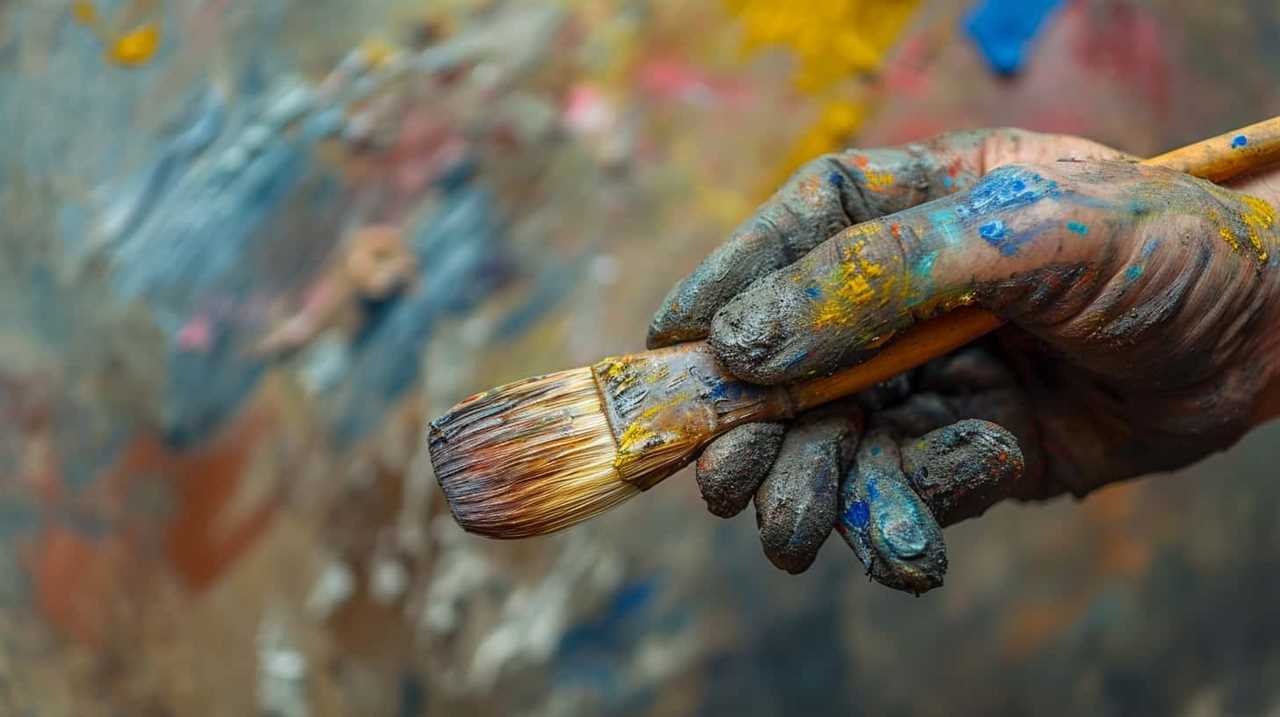
Claude Monet’s Impression of Beauty
When discussing Claude Monet’s Impression of Beauty, it’s impossible to ignore the profound influence of his artistic predecessors.
Monet’s brushstrokes, with their vibrant colors and loose, flowing style, were inspired by the works of artists like Eugene Boudin and Johan Barthold Jongkind.
These influences allowed Monet to capture the essence of beauty in his paintings, showcasing the fleeting nature of light and the ever-changing atmosphere.
Through his unique brushwork, Monet created a new way of seeing and experiencing beauty, leaving an indelible mark on the art world.
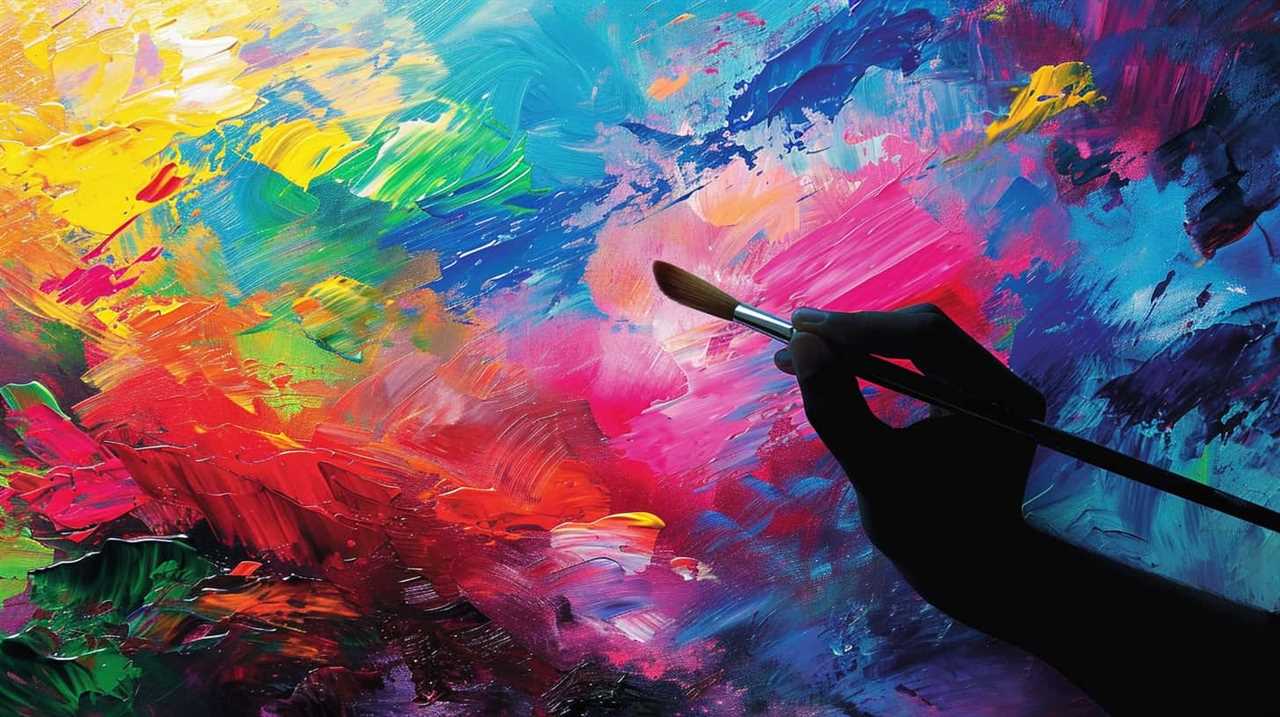
Monet’s Artistic Influences
As we delve into Monet’s artistic influences, we discover how his impression of beauty was shaped by various sources.
One significant influence on Monet’s work was the art of Japan. The delicate brushstrokes, use of vibrant colors, and unique perspective in Japanese prints fascinated Monet and inspired him to incorporate similar elements into his own paintings.
Another major influence on Monet was the movement of Impressionism itself. The emphasis on capturing fleeting moments of light and atmosphere resonated with Monet, leading him to experiment with different techniques to convey his own impressions of the world.
Additionally, Monet’s interactions with fellow Impressionist artists, such as Renoir and Degas, played a crucial role in shaping his artistic style. Through their discussions and collaborations, they pushed each other to explore new ways of representing beauty on canvas.
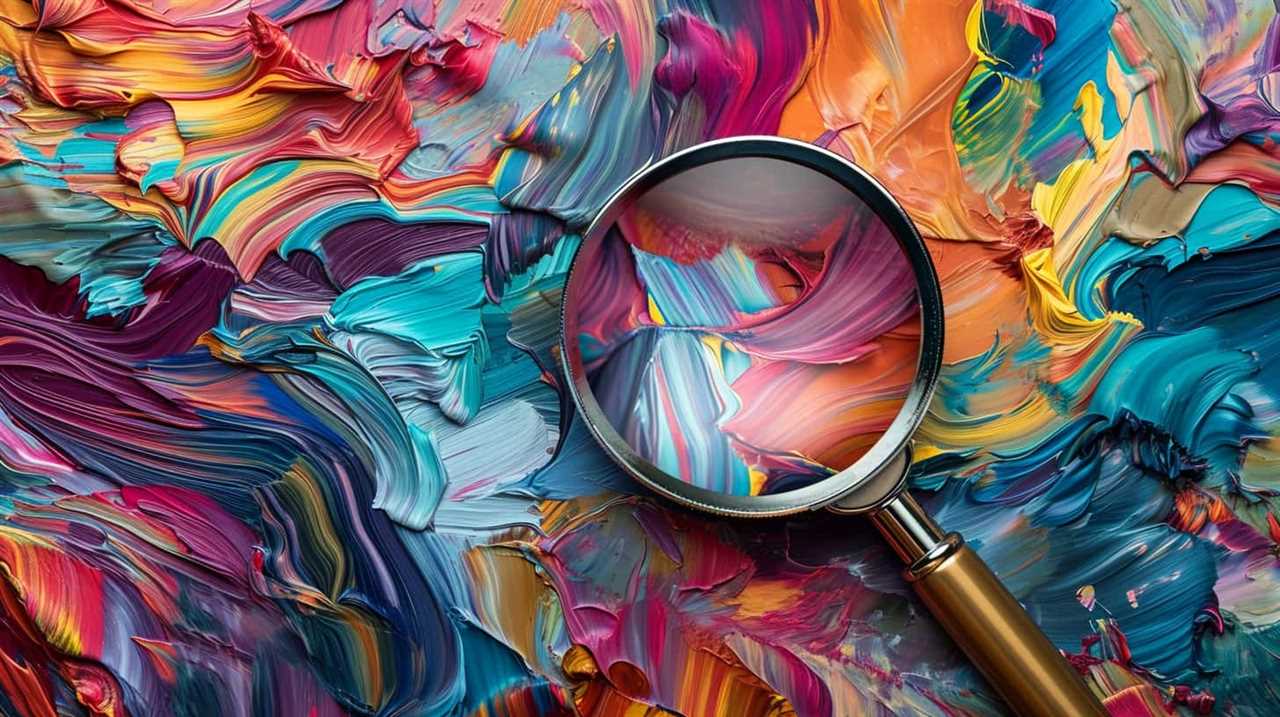
Beauty Through Brushstrokes
Monet’s brushstrokes reveal our collective impression of beauty. As we gaze upon his masterpieces, we’re transported to a world where nature comes alive on canvas. Monet’s ability to capture the essence of beauty in nature is unparalleled. His paintings of serene water lilies floating on a pond or vibrant gardens filled with blooming flowers evoke a sense of tranquility and awe.
But what truly sets Monet apart is his understanding of the role of light in beauty. He skillfully depicts the interplay between light and color, capturing the ever-changing hues and shadows that dance across his subjects. Through his brushstrokes, Monet invites us to see the world through his eyes, where beauty is found in the delicate balance of nature and the transformative power of light.
And now, let’s delve into Andy Warhol’s pop art and explore a different facet of beauty.
Andy Warhol’s Pop Art and Beauty
While exploring the concept of beauty, we can’t overlook the profound influence that Andy Warhol’s Pop Art has had on the perception and appreciation of aesthetics. Warhol, a pioneer of the Pop Art movement in the 1960s, revolutionized the art world with his bold, vibrant, and mass-produced images that challenged traditional notions of beauty. His artistic style, characterized by the use of bright colors, repetition, and iconic subjects like Marilyn Monroe and Campbell’s soup cans, had a lasting impact on modern art.
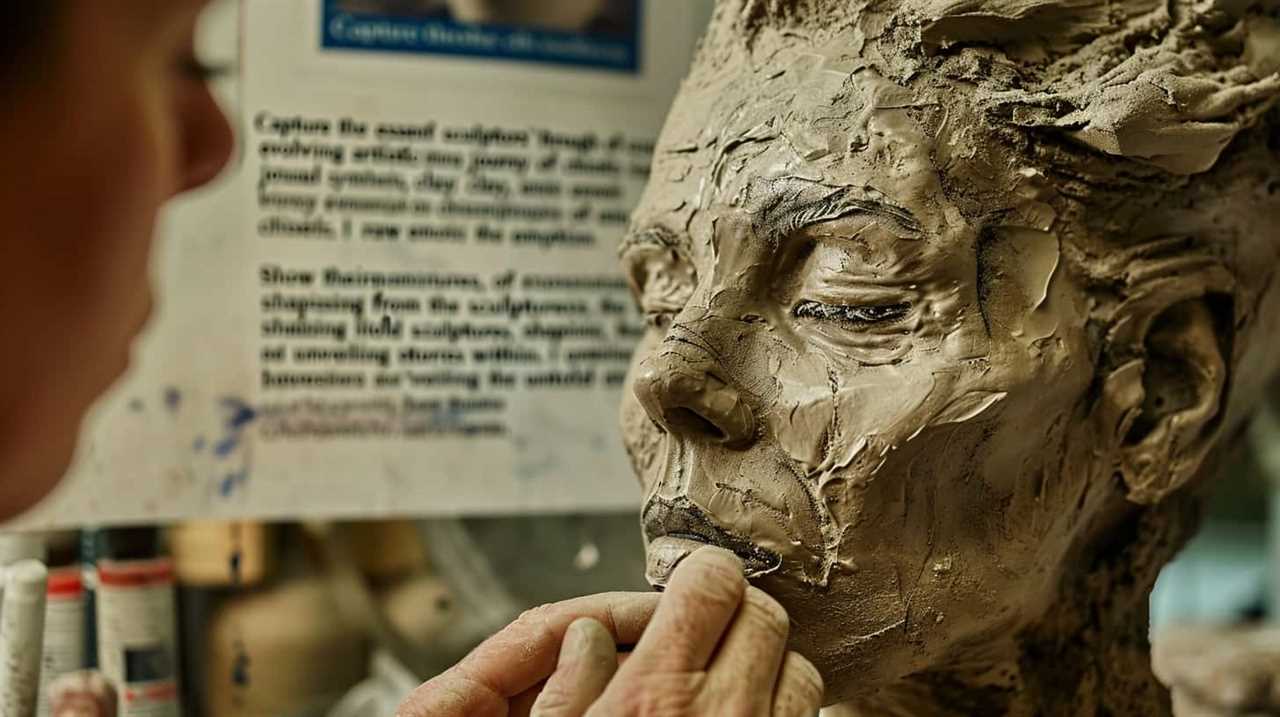
Warhol’s perspective on consumerism and beauty was a central theme in his work. He believed that popular culture and consumer products held immense artistic value, and he sought to elevate them to the level of fine art. Through his silkscreen printing technique, Warhol was able to create multiple copies of his artworks, mimicking the mass production of consumer goods. This approach challenged the elitist notion of art, making it accessible to a broader audience and blurring the boundaries between high and low culture.
- Warhol’s influence on modern art:
- Revolutionized the art world with his Pop Art movement in the 1960s.
- Challenged traditional notions of beauty with bold and vibrant images.
- Blurred the boundaries between high and low culture.
With his unique perspective on consumerism and beauty, Andy Warhol redefined the artistic landscape and left an indelible mark on the world of aesthetics.
Now, let’s delve into Henri Matisse’s colorful vision of beauty.
Henri Matisse’s Colorful Vision of Beauty
When it comes to Henri Matisse’s colorful vision of beauty, one can’t help but be captivated by his vibrant color palette. Matisse believed that color had the power to evoke emotions and create a sense of beauty in its own right.
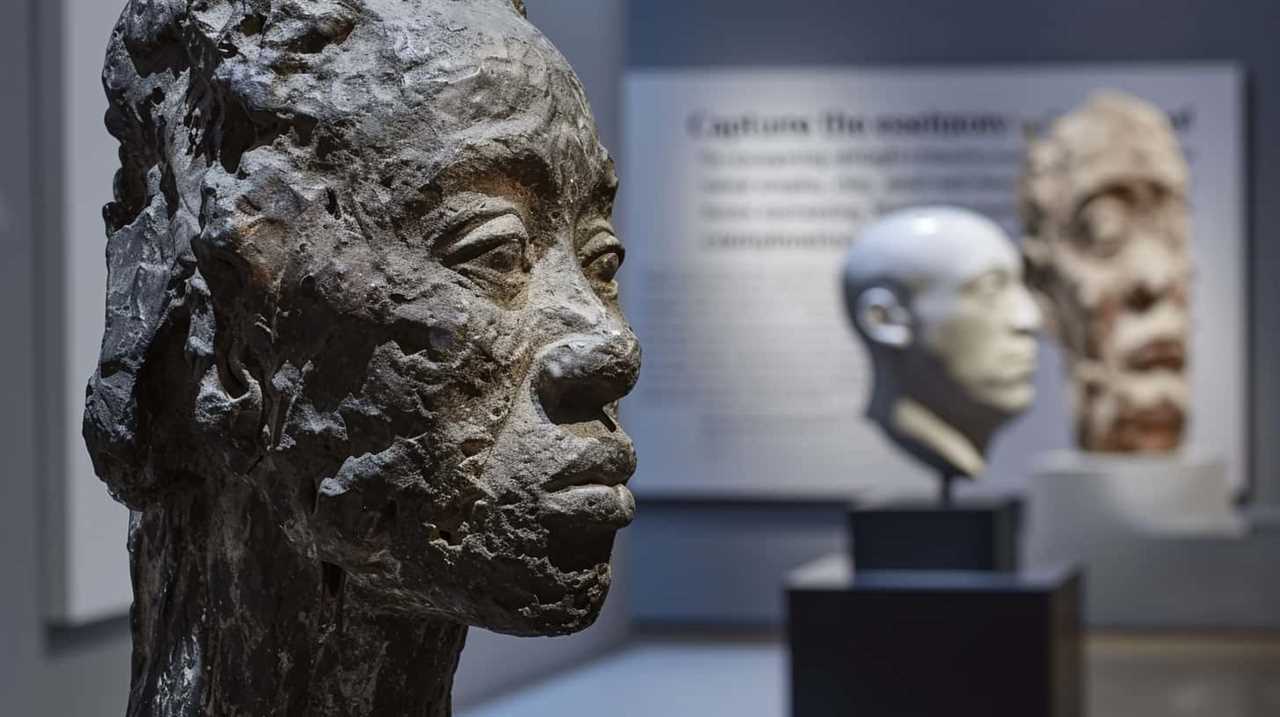
Through his use of bold and expressive colors, he was able to convey a sense of joy and exuberance in his artwork, showcasing beauty through abstraction. Matisse’s unique approach to color continues to inspire and influence artists to this day.
Matisse’s Vibrant Color Palette
We discovered that Matisse’s vibrant color palette revolutionized the way we perceive beauty in art. His innovative use of color theory and inspiration from nature created a visually striking and emotionally captivating experience for the viewer. Here are three key aspects of Matisse’s vibrant color palette that deepened our understanding of beauty:
- Intense hues: Matisse’s bold and saturated colors immediately grab your attention, evoking a sense of energy and vitality. These vibrant hues bring his artworks to life and make them visually stimulating.
- Harmonious combinations: Matisse had a keen eye for combining colors in a way that created harmony and balance. His color choices were carefully selected to create a visually pleasing and cohesive composition, enhancing the overall beauty of his works.
- Emotional impact: Matisse believed that color had the power to evoke emotions and express the artist’s innermost feelings. His vibrant color palette allowed him to convey joy, passion, and a sense of optimism, inviting viewers to experience the beauty of the world through his eyes.
Matisse’s use of vibrant colors continues to inspire and influence artists today, reminding us of the transformative power of color in creating beauty.
Beauty Through Abstraction
As we delve into the topic of ‘Beauty Through Abstraction (Henri Matisse’s Colorful Vision of Beauty)’, our understanding of Matisse’s vibrant color palette deepens even further. Exploring aesthetics and the philosophy of beauty, Matisse’s abstract artworks offer a unique perspective on the concept of beauty.
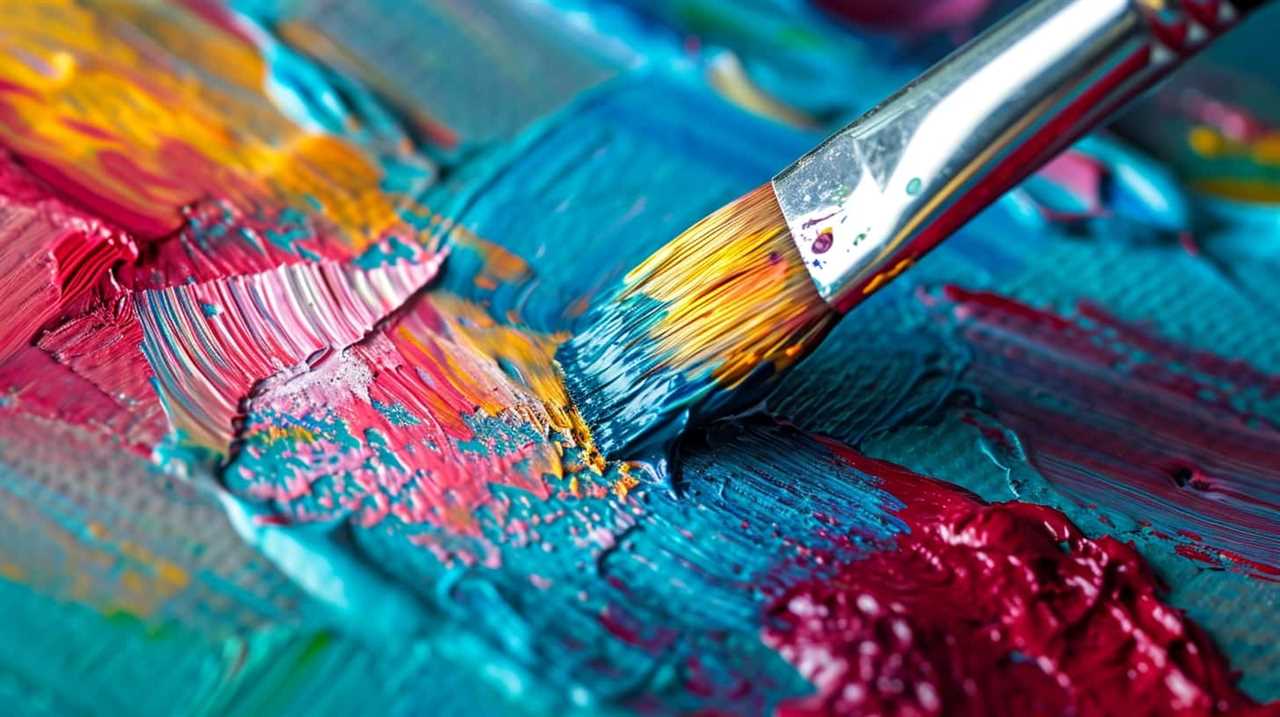
Matisse believed that beauty could be found in simplification and abstraction. His use of bold, vibrant colors and simplified forms allowed him to capture the essence of his subjects, distilling them down to their purest and most essential elements. Through this process, he aimed to create a visual experience that evoked emotions and connected with the viewer on a deeper level.
Matisse’s colorful vision of beauty challenges traditional notions of representation and encourages us to see beauty in unexpected places. By stripping away unnecessary details, he invites us to focus on the expressive power of color and form. Through his abstract works, Matisse invites us to question our preconceived notions of beauty and to embrace the transformative power of art.
Jackson Pollock’s Abstract Expression of Beauty
Through the use of vibrant colors and spontaneous brushstrokes, Jackson Pollock’s abstract expression of beauty captivates the viewer. Pollock, a prominent figure in the art movement known as abstract expressionism, revolutionized the way we perceive and experience art. His technique involved pouring and dripping paint onto the canvas, creating intricate webs of color and texture. But beyond the surface, Pollock’s art carries a deeper meaning.
- Liberation: Pollock’s unconventional method liberated him from the constraints of traditional painting techniques. His spontaneous brushstrokes allowed him to express his emotions freely, creating a sense of energy and vitality in his work.
- Chaos and Control: Although Pollock’s paintings may appear chaotic at first glance, there’s an underlying sense of control. His deliberate choice of colors and placement of brushstrokes demonstrate his mastery and intentionality as an artist.
- Connection: Pollock’s abstract expressionism invites the viewer to form a personal connection with the artwork. The absence of recognizable forms allows for individual interpretation, prompting introspection and reflection.
As we delve into the exploration of beauty in art, it’s essential to transition to Wassily Kandinsky’s spiritual understanding of beauty.
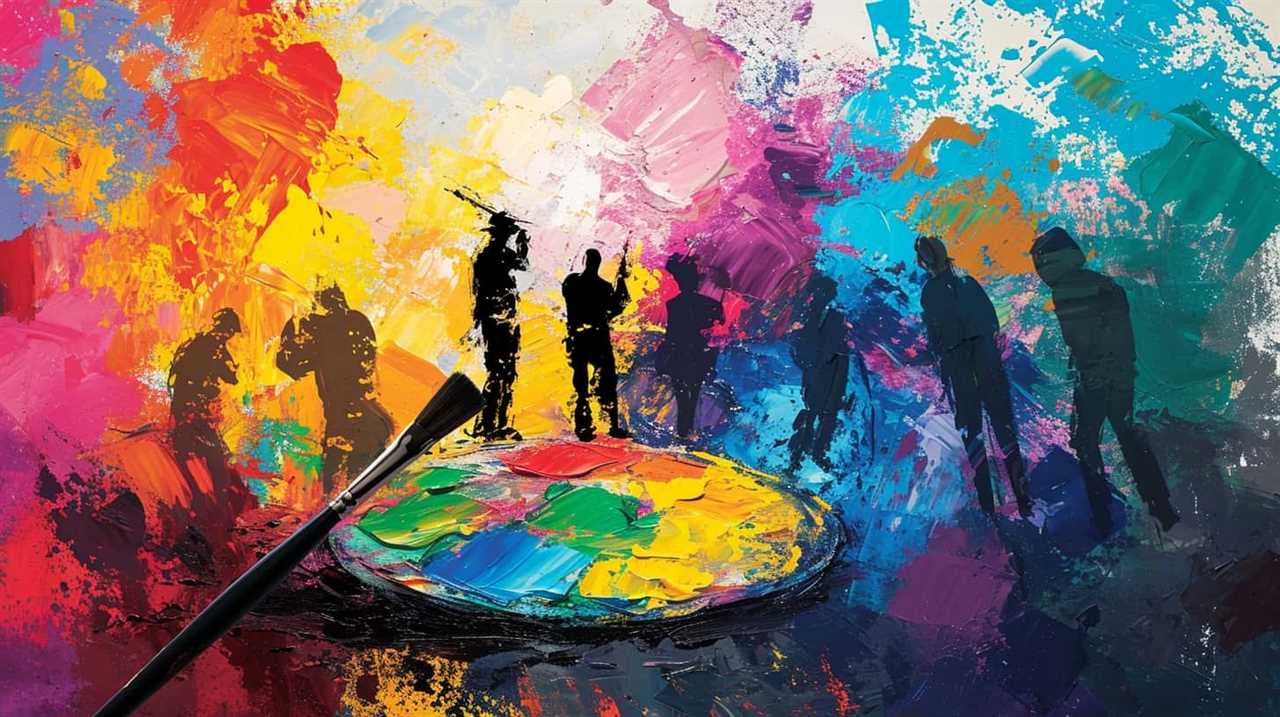
Wassily Kandinsky’s Spiritual Understanding of Beauty
Continuing our exploration of beauty in art, let’s delve into Wassily Kandinsky’s spiritual understanding of beauty. Kandinsky, a Russian artist and theorist, believed that true beauty went beyond the physical realm and had a deep spiritual essence. He saw art as a means to connect with the spiritual realm and awaken the viewer’s inner emotions and thoughts.
Kandinsky’s spiritual beauty can be understood through his abstract interpretation of the world. He believed that abstract art, free from the constraints of representation, could express the unseen and intangible aspects of reality. Through his use of vibrant colors, dynamic shapes, and rhythmic forms, Kandinsky aimed to evoke a spiritual experience in the viewer.
To better understand Kandinsky’s spiritual understanding of beauty, let’s take a look at this table:
| Spiritual Beauty | Abstract Interpretation |
|---|---|
| Transcendent and intangible | Free from representation |
| Awakens inner emotions | Uses vibrant colors |
| Connects with the spiritual realm | Dynamic shapes |
| Evokes a spiritual experience | Rhythmic forms |
| Goes beyond the physical realm | Expresses the unseen aspects of reality |
Kandinsky’s belief in spiritual beauty revolutionized the art world, inspiring artists to explore the depths of their inner selves and create truly captivating and thought-provoking works. His abstract interpretation of beauty continues to influence artists today, reminding us that art has the power to transcend the physical and touch our souls.
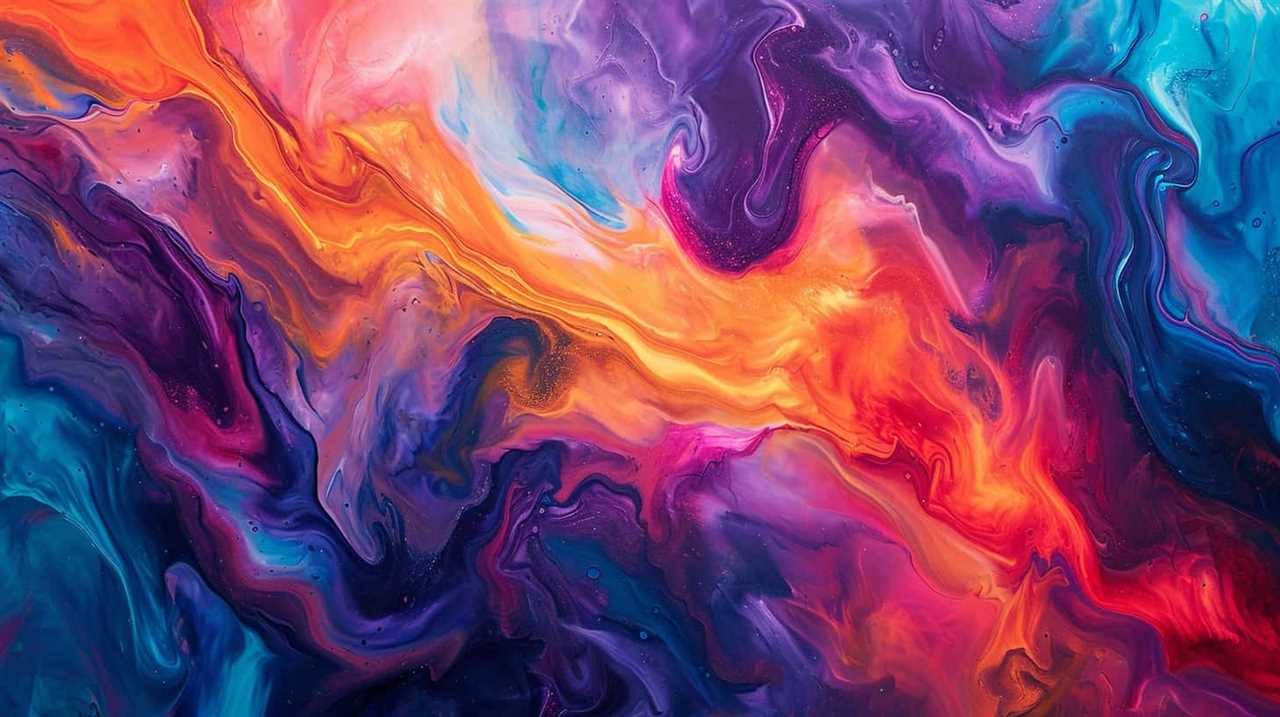
René Magritte’s Surrealist Concept of Beauty
René Magritte’s Surrealist Concept of Beauty challenges conventional perceptions with its unique and thought-provoking imagery. His surrealist interpretations push the boundaries of what’s traditionally considered beautiful, inviting viewers to question their preconceived notions and explore the philosophical implications of art.
- Juxtaposition of Objects: Magritte’s paintings often feature unexpected combinations of ordinary objects, creating a sense of mystery and inviting the audience to delve deeper into their meaning. By placing unrelated objects together, such as an apple floating in front of a face, he challenges our understanding of beauty and invites us to question the limitations of our perception.
- Disruption of Reality: Magritte’s works often blur the line between reality and imagination. Through the use of trompe-l’oeil techniques and clever visual tricks, he challenges our understanding of what’s real and what’s illusion. This disruption of reality forces us to question the nature of beauty itself and consider the subjective nature of perception.
- Symbolism and Hidden Meanings: Magritte’s paintings are rich in symbolism and hidden meanings. By incorporating symbolic elements into his works, he invites viewers to interpret and uncover the deeper layers of his art. This encourages us to contemplate the philosophical implications of beauty and challenges us to look beyond the surface level.
René Magritte’s Surrealist Concept of Beauty invites us to question the conventional and explore the realms of imagination and perception. His artworks challenge us to think deeply about the nature of beauty and its philosophical implications.
Edvard Munch’s Emotional Portrayal of Beauty
How does Edvard Munch’s emotional portrayal of beauty resonate with us? Edvard Munch, a Norwegian artist known for his iconic painting "The Scream," delves deep into the human psyche to depict beauty in a way that evokes strong emotions. His works go beyond surface aesthetics, exploring the emotional depth and psychological impact of beauty.
Munch’s unique approach to beauty can be seen in his use of vivid colors, distorted figures, and haunting expressions. Through these artistic techniques, he captures the rawness of human emotions, revealing the inner turmoil that lies beneath the surface. His paintings have the power to stir something within us, tapping into our own experiences and emotions.
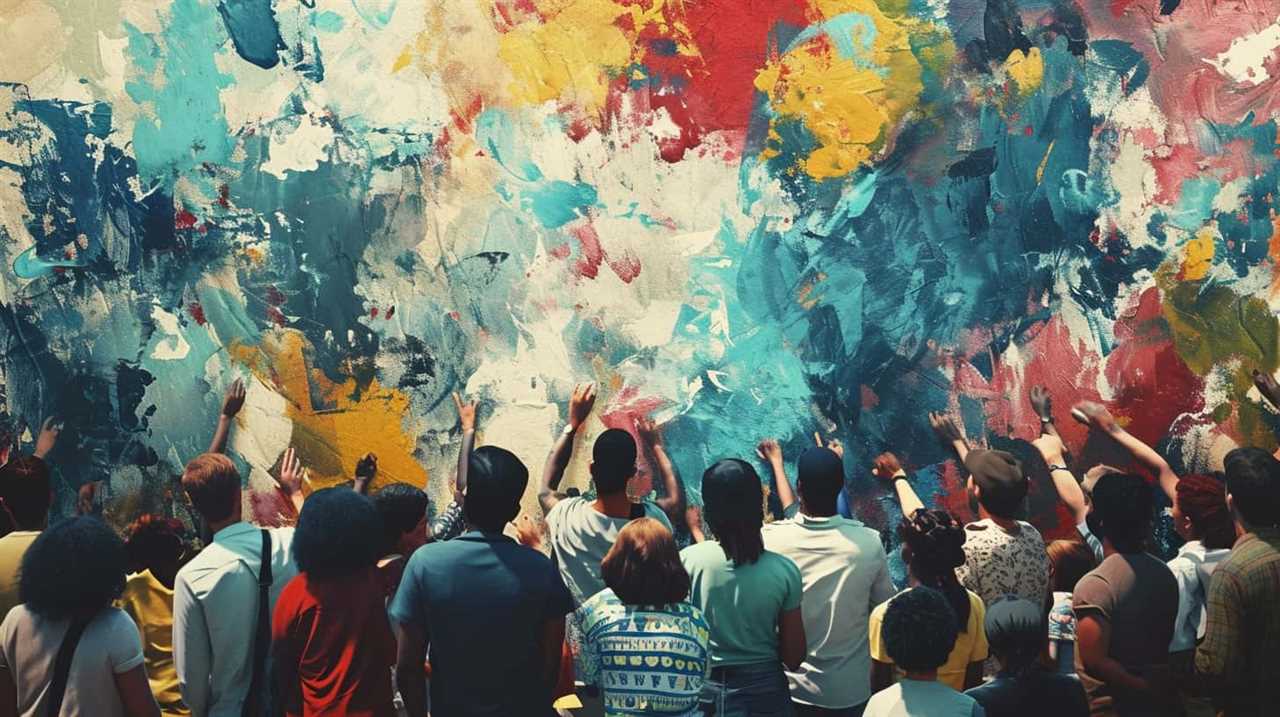
| Artistic Techniques | Emotional Depth | Psychological Impact |
|---|---|---|
| Vivid Colors | Munch’s bold use of color heightens the emotional intensity of his work, creating a sense of urgency and unease. | The vibrant hues elicit a visceral response, drawing viewers into the emotional landscape of the painting. |
| Distorted Figures | Munch’s distorted figures reflect the inner emotional states of his subjects, conveying their anguish, fear, or longing. | The contorted forms challenge conventional notions of beauty, inviting viewers to question societal norms and explore their own emotional complexities. |
| Haunting Expressions | Munch’s use of haunting expressions captures the fragility and vulnerability of the human condition, revealing the innermost thoughts and feelings of his subjects. | These expressions resonate with viewers, evoking empathy and introspection, as we confront our own fears, desires, and insecurities. |
Edvard Munch’s emotional portrayal of beauty challenges us to confront the depths of our own emotions and invites us to explore the complexities of the human experience. Through his use of vivid colors, distorted figures, and haunting expressions, he captures the rawness and fragility of our inner selves, leaving a lasting impact on our hearts and minds.
Frequently Asked Questions
How Did Pablo Picasso’s Perspective on Beauty Influence His Artistic Style?
Picasso’s unique perspective on beauty shaped his artistic style, infusing it with boldness and experimentation. His ability to see beauty in unconventional forms led to revolutionary works that challenged traditional notions of art.
What Were Some of Frida Kahlo’s Reflections on Beauty and How Did They Shape Her Artwork?
Frida Kahlo’s reflections on beauty greatly influenced her artwork, just like Picasso’s perspective on beauty shaped his artistic style. Their unique interpretations and expressions of beauty continue to inspire and captivate audiences around the world.
How Did Vincent Van Gogh’s Artistic Perception of Beauty Differ From Traditional Artistic Norms of His Time?
Vincent van Gogh’s interpretation of beauty was a stark departure from traditional artistic norms of his time. His contrasting perspectives and artistic rebellion challenged the status quo, resulting in unique and captivating works of art.

What Insights on Beauty Did Leonardo Da Vinci Offer and How Did They Impact His Diverse Range of Artistic Works?
Leonardo da Vinci’s insights on beauty profoundly influenced his diverse range of artistic works. His unique perspective on aesthetics shaped his artistic style, just as Picasso’s perspective impacted his own. Similarly, Van Gogh’s artistic perception of beauty diverged from traditional norms, while Georgia O’Keeffe interpreted beauty through her distinct style and subject matter.
In What Ways Did Georgia O’keeffe Interpret Beauty Through Her Unique Artistic Style and Subject Matter?
Georgia O’Keeffe’s unique interpretation of beauty shines through her artistic style and subject matter. Her bold and vibrant paintings capture the intersection of beauty and identity, challenging societal norms and celebrating the beauty found in everyday life.
Conclusion
In conclusion, these iconic creatives have provided us with captivating insights on beauty. From Picasso’s revolutionary perspective to Kahlo’s personal reflections, each artist has brought forth a unique and thought-provoking understanding of what it means to be beautiful.
Through their artistic expressions, they’ve shown us that beauty can be found in the abstract, the emotional, and the spiritual. Their works serve as a reminder that beauty isn’t confined to a single definition but is a multifaceted concept, waiting to be explored and appreciated.

So let’s delve into their art and be inspired by the boundless beauty that surrounds us.
Lauren’s talent in writing is matched by her passion for storytelling. Her love for books and deep understanding of culture and entertainment add a distinct flavor to her work. As our media and press contact, Lauren skillfully bridges the gap between afterQuotes and the broader media landscape, bringing our message to a wider audience.
